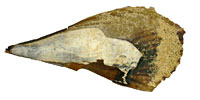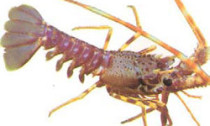
The horse or fan mussel (Atrina zelandica) is an endemic, filter-feeding bivalve mollusc that is particularly conspicuous because of its size and abundance. It often lives in groups that occupy 10 sq m or more, mainly on muddy-sand substrates of sheltered waters. It is widespread in the lowest intertidal and subtidal waters, including estuaries and harbours, but is also found in deeper waters of up to 50 metres off open coasts.
This filter-feeding bivalve produces waste biodeposits that are rich in organic matter and support animal aggregations that are distinctly different from, and more diverse than, those further away. Horse mussels therefore play an important role in enhancing habitat food supply and fuelling metabolism.
The horse mussel further enhances biodiversity on soft se...
Read More







Social Profiles